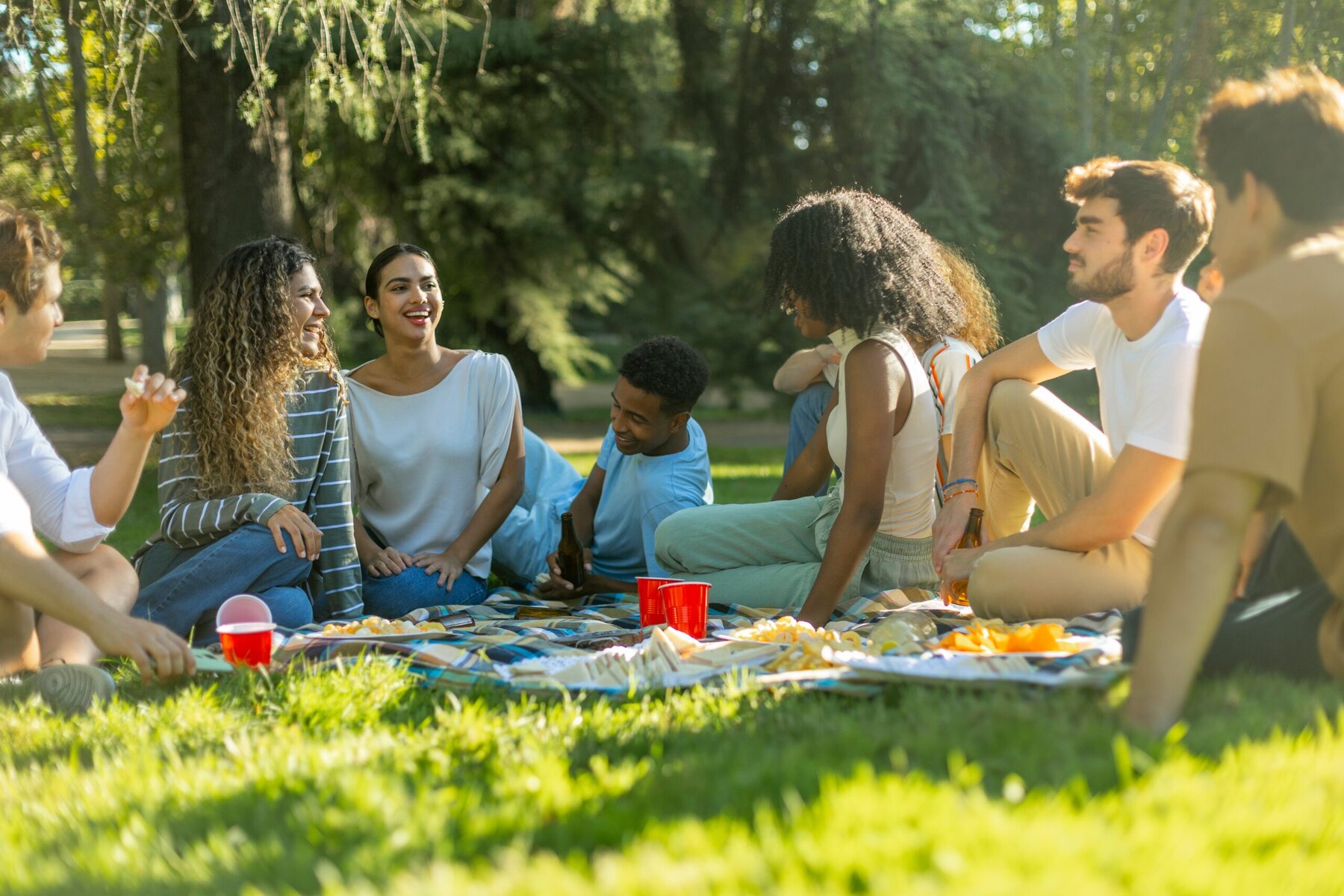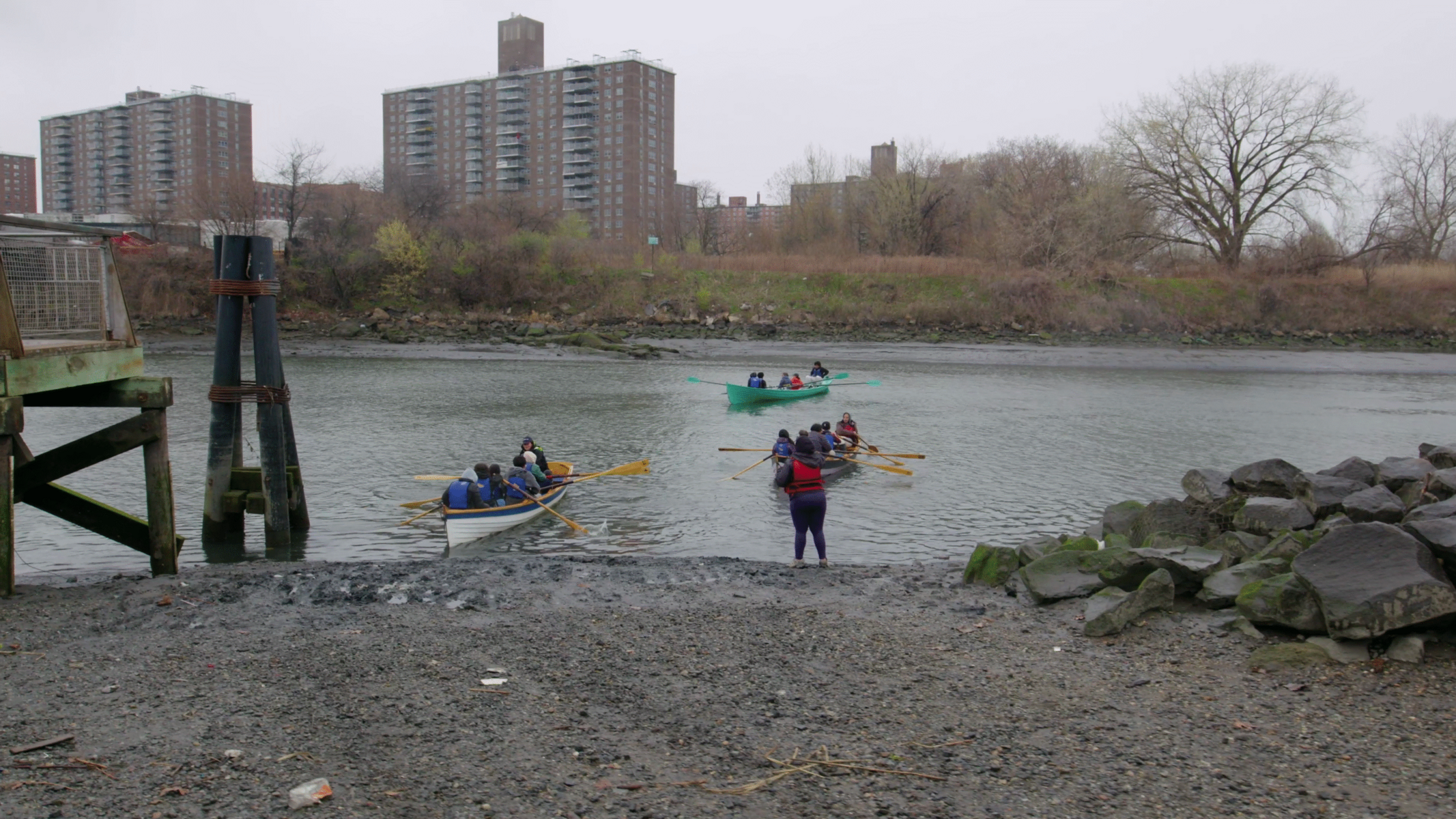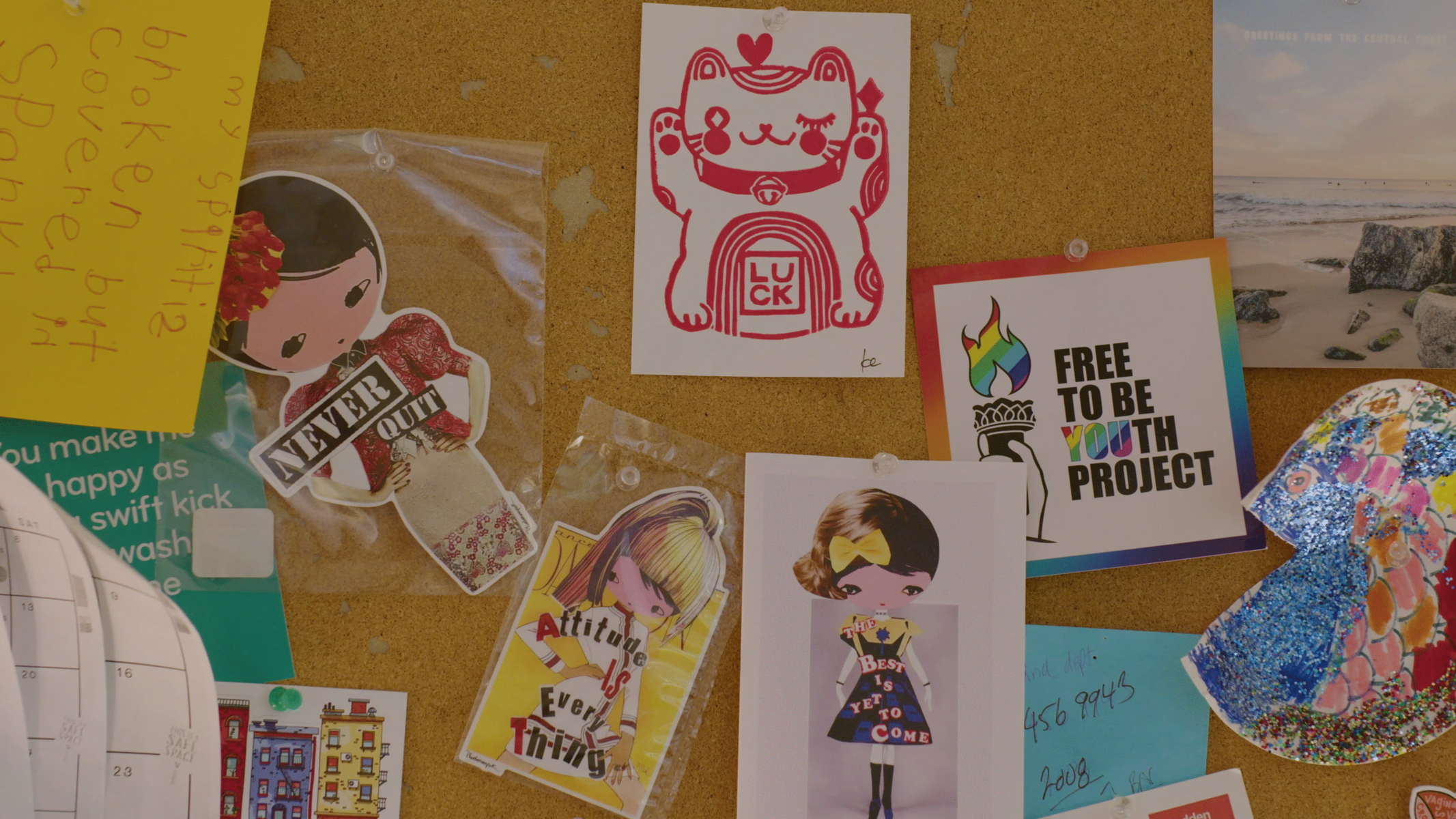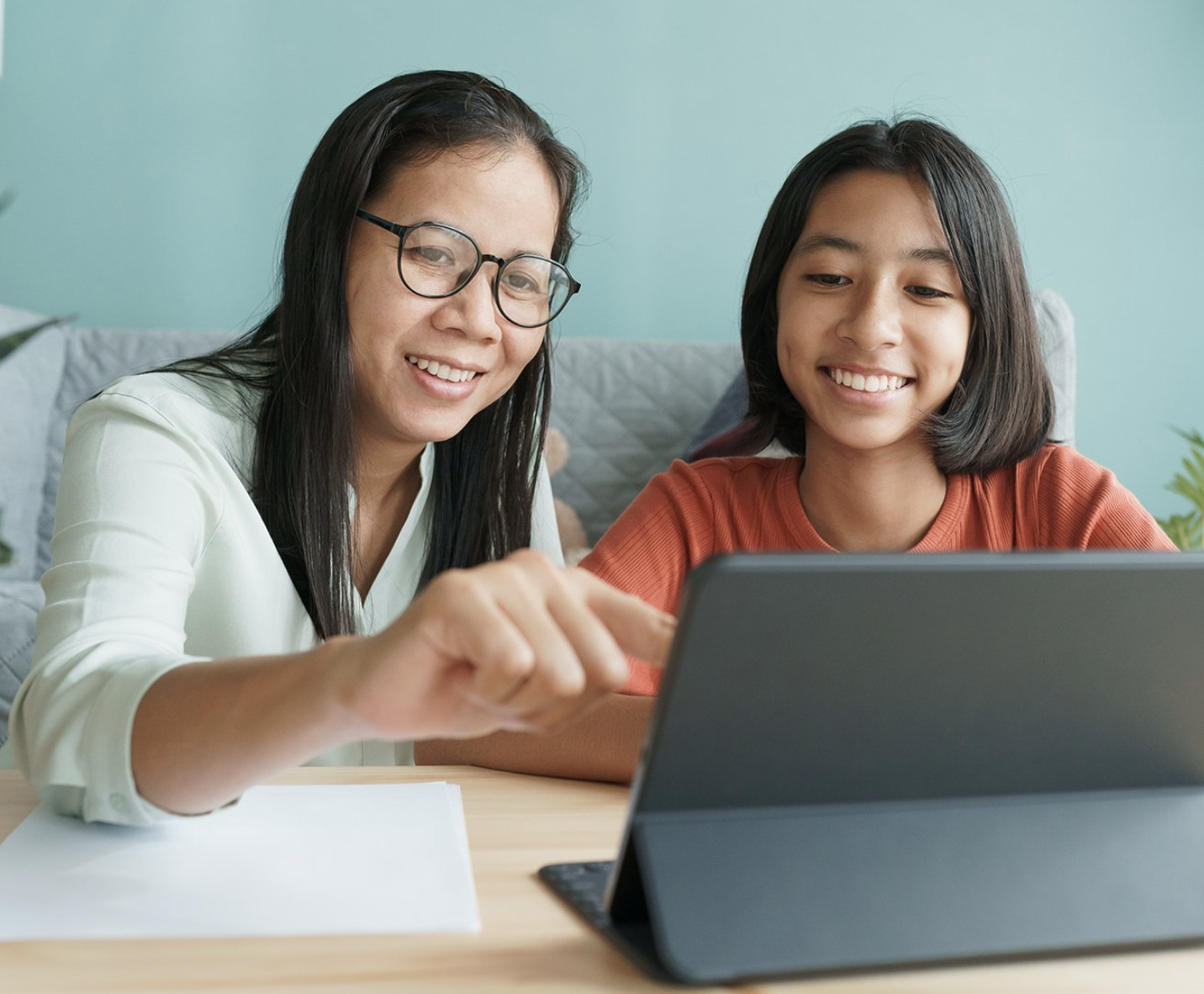At a primary school in London, a group of Portuguese-speaking third- and fourth-graders are buzzing with anticipation. It’s the start of the annual British Science Week, and the students have gathered into the main hall — but, for once, not to listen to a boring science lesson with complicated words in a language that some of them are still learning. A few “real-life” scientists are going to show them how to extract DNA from fruit, what a hair looks like under the microscope and how to build a robot. And they will do it in Portuguese.
This workshop was organized by the pan-European nonprofit Native Scientists. Since 2014, Native Scientists has used science educational programs to connect children and scientists of the same migrant community using an inventive, engaging “speed-date” format. Through quick, fun and engaging experiments across a broad range of sciences, the “native scientists” show pupils that their heritage language is also a language of science and success.
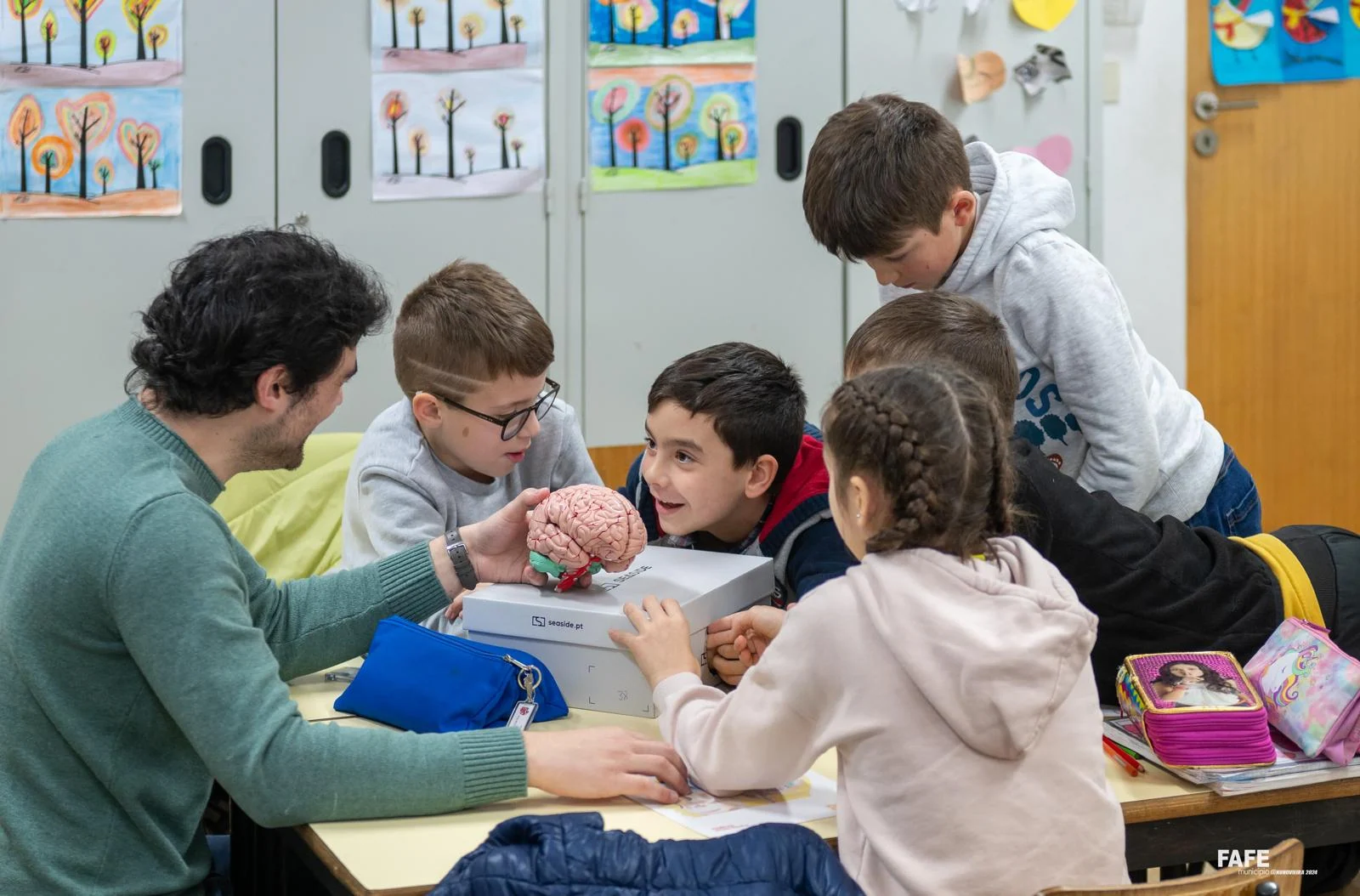
“I didn’t speak any English before starting school as we only spoke Portuguese at home and with family friends. I was always a relatively good student, but I was always reading at a level below the rest of my classmates, which then propagated into secondary school,” says Tiago Alves. Born and raised in London from a Portuguese immigrant family, Alves was among the first students to participate in a Native Scientists workshop.
Migrant families often seek the comfort of their community’s shared cultural background when moving to a new country. For their children, learning multiple languages — though an advantage in the long run — can at first make it hard to adapt to the new school system. In the UK, as in many other countries, 20 percent of primary school children don’t feel confident with the official language when starting compulsory education. Those children might feel pressured to integrate into the mainstream system at the expense of their home language and culture or risk falling behind in education.
The perpetual contrast between their roots and their daily lives makes it harder for kids to both feel they belong to the adopted country and to maintain the connection with their parents’ cultural background. “As a child of a migrant family, you are a child of both countries but a child of none at the same time. In the UK, I’m an immigrant, I am Portuguese, but when I go to Portugal, I’m the English,” says Tiago. But being a child of two countries can be an asset rather than a curse: “It offered me a blank slate,” Tiago explains. “In a sense, it is a chance to be open-minded and see different realities, cultures and possibilities in life and education.”
Weighed down by negative news?
Our smart, bright, weekly newsletter is the uplift you’ve been looking for.For migrant parents, schools are often the main point of contact. And schools do play their part as best they can with the resources they have. “When I was 15 years old, shortly before taking my GSCE (General Certificate of Secondary Education), I had the chance to participate in a science workshop in Portuguese. It changed everything for me,” says Alves. This is exactly what Native Scientists hopes to do: provide role models for the students, who then feel inspired to pursue higher education while staying connected with their heritage country.
A school for all
Studies agree that cognitive flexibility is one of the benefits experienced by immigrant youth. Learning early on to cope with multiple languages and cultures simultaneously means they will naturally be more adaptable to life challenges. “There is the need to change the perspective and recognize how migrant children are enriching the school system, rather than being a problem that forces everyone behind in the official school’s ranking,” says Chiara Manzoni. Manzoni studied migration and integration, with a focus on vulnerable groups and their education, at the National Institute of Economic and Social Research, and now works for the UK Home Office, the lead government department for immigration.
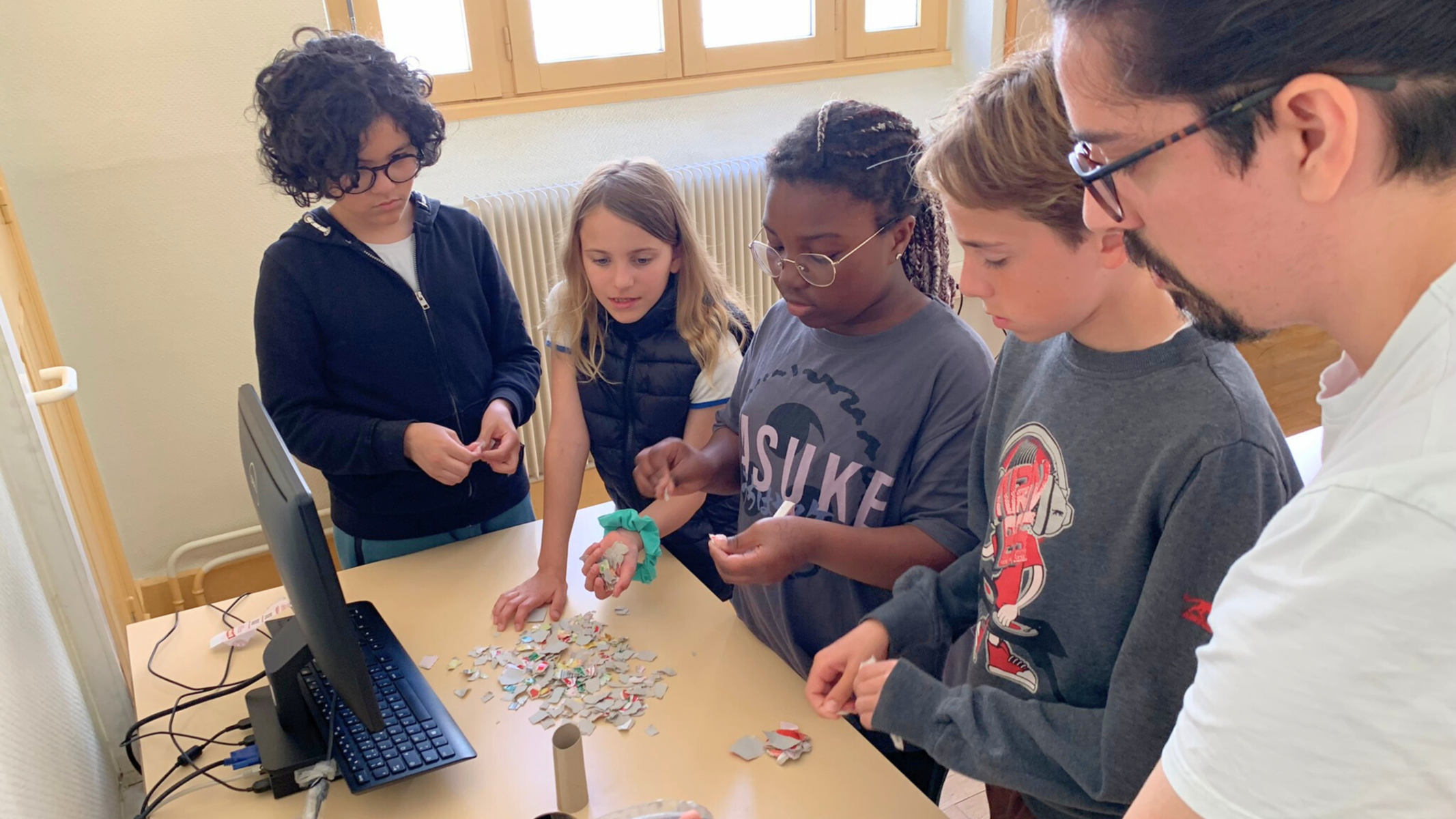
During her research within the UK school system, Manzoni came across several examples of efforts to reduce the gap in migrant children’s education and facilitate the integration of the whole community. Schools of Sanctuary, for example, is a network of primary and secondary schools working together to promote cultural exchange for the mutual benefit of migrants and “locals.” Successful schools often focus on the parents as well as the children, hiring teaching assistants who speak the languages of the communities in the area or organizing heritage-focused family activities within the school. These bridges help to create a culture of welcome, understanding and belonging — and, consequently, help migrant families support their children’s educational development at home. And the benefit is mutual, as non-migrant children also learn from the cultural exchange.
Despite such efforts, migrant children often still face numerous challenges in accessing quality education. To fill the gap, non-governmental approaches, like the work of Native Scientists, can broaden the support network to boost underserved children’s education. In recent decades, there has been an exponential increase in the number of extracurricular initiatives to drive systemic changes and create positive impacts in education and society for migrant communities. Most of those interventions, such as the Economist Educational Foundation, have social responsibility and social justice at their core. Many, including Big Brothers Big Sisters of America, try to break the barriers and engage children from different backgrounds with meaningful impacts on their education.
Valuing their roots
Native Scientists was founded in 2013 by Joana Moscoso and Tatiana Correira, who had both moved from Portugal to London for their PhD studies and felt a strong drive to give back to their community. Their goal was to use science to engage with migrant communities in their home language and break the barrier of access to higher education they had experienced growing up in a remote area of Portugal.

“In my village, there was no role model I could look up to as a source of inspiration. When I migrated to London, I felt that, despite living in a big city, many children with a migrant background shared the same feeling. I decided to do something to inspire people from vulnerable communities to follow their dreams because people like them were able to achieve their dreams, too,” explains Moscoso.
Native Scientists’ success is based on the concept of science “tapas”: short interactions with real-life scientists speaking their parents’ language to give children a flavor of what their future could look like while deepening the connection with their cultural heritage. By speaking their home languages during the workshops, students are able to see how being bilingual is an asset and something to be proud of — not only in their personal lives, to communicate with the community, but also in a professional setting.
“What they have pursued is a different approach to tackle integration for migrant children,” Madhan Tirumalai, research assistant professor at the University of Houston and expert in science outreach for marginalized communities, says of Native Scientists. “It’s a very novel idea and a very good methodology, one that can definitely be implemented also in different realities.”
To date, Native Scientists has worked with over 200 schools across Europe and created over 25,000 connections in a vast range of languages between scientists and children, roughly 73 percent of whom, like Tiago, met a scientist for the first time in their lives through the program.
“Native didn’t provide me with this love for science because I already had that,” says Tiago, who was the first in his family to get a degree and is currently working toward a PhD in physics in London. “But they proved to me that there are people who speak my home language, have backgrounds similar to mine, and can go to university and do what they want while maintaining a connection with their heritage. Even though I was born and raised in London, now, whenever anyone asks me, I consider myself Portuguese: Being bilingual has been more helpful than anything anyone has ever taught me.”





